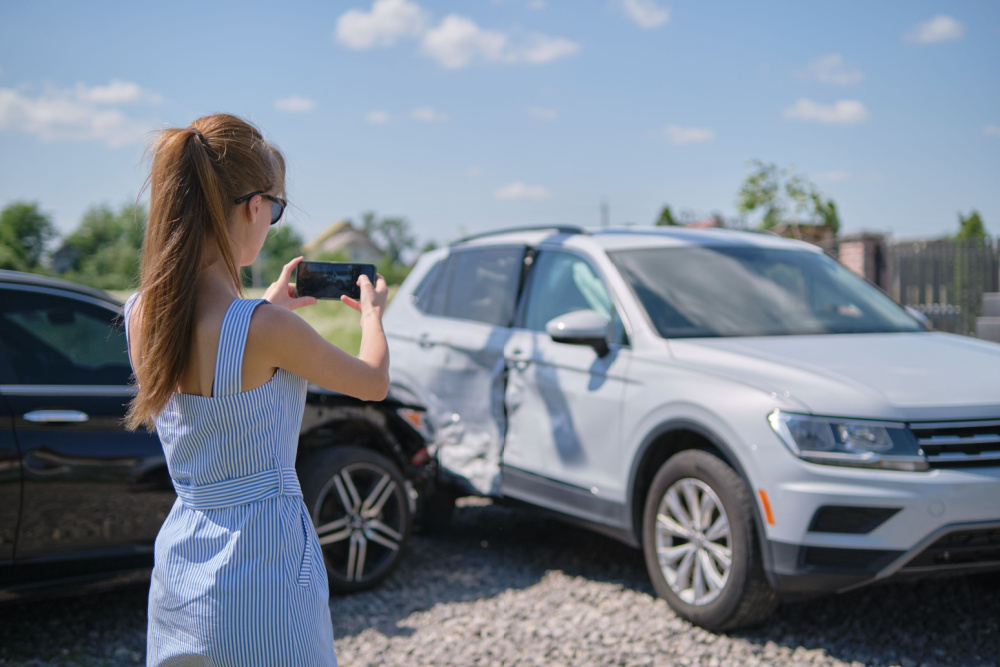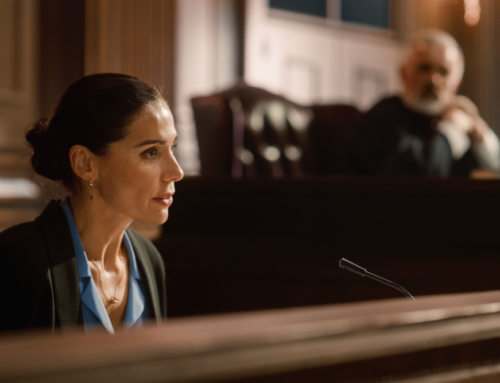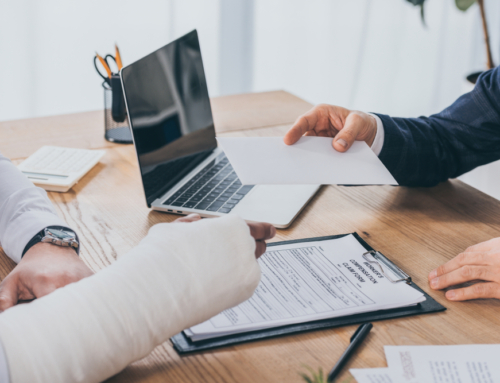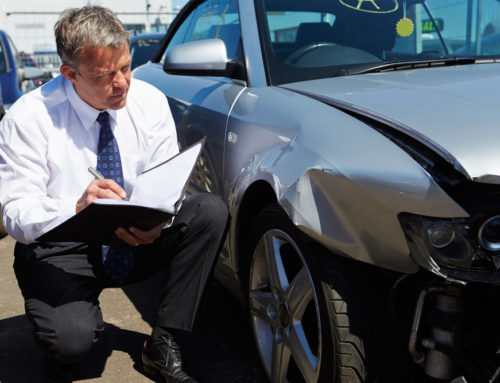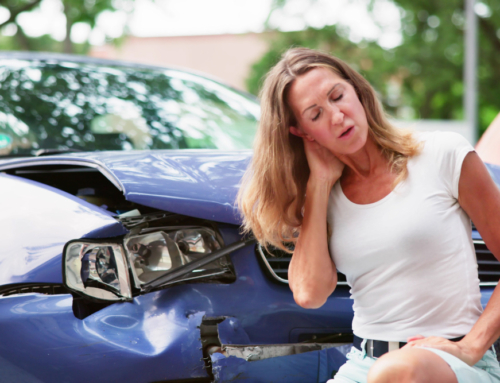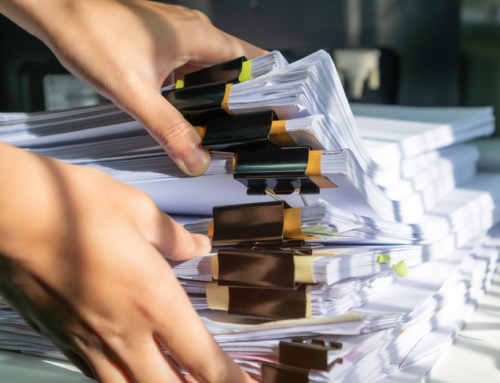Following a car accident, the scene is typically marked by confusion, shock, and disarray, making it challenging for those involved to navigate the immediate next steps. Despite the chaos, it’s essential to begin gathering evidence as soon as it is safe to do so. This evidence is crucial for supporting any future legal claims or insurance processes. Effective evidence collection can significantly influence the outcome of these claims, ensuring that all parties involved are fairly compensated and accurately represent the facts of the accident. This phase is critical for laying the groundwork for any necessary legal action, highlighting the importance of being proactive and meticulous in documenting the scene, injuries, and damages from the outset.
What to Collect at the Scene of the Accident
At the accident scene, collecting comprehensive evidence is essential for supporting any subsequent legal or insurance claims. This includes taking detailed photographs of the vehicles involved from various angles to capture the extent of the damage. Additionally, photographing any visible injuries immediately after the accident can provide compelling evidence of the incident’s impact. It’s also crucial to document the surrounding environment, including traffic signs, road conditions, and any other factors that could have contributed to the accident. Gathering this information helps establish the facts of the case and illustrate the circumstances leading up to the accident.
Moreover, securing contact information from witnesses and other parties involved in the accident is invaluable. Witnesses can provide objective accounts of the event, offering perspectives that differ from those directly involved. Their testimonies can corroborate your events or provide additional details you may have missed. Keeping a record of these testimonies and the contact information of all parties involved ensures that you have a robust set of evidence to support your claims. This organized approach to evidence collection at the scene lays a strong foundation for any necessary legal proceedings, highlighting its importance in the aftermath of a car accident.
Navigating Legal and Insurance Requirements
The evidence collected at the scene of a car accident is a cornerstone in navigating insurance claims and legal processes. It plays a critical role in establishing fault and liability, which are central to determining who is responsible for the accident. Insurance companies rely heavily on this evidence to assess claims, decide on the coverage applicable, and determine the amount of compensation. In legal terms, the evidence is instrumental in proving the extent of damages or injuries sustained, directly influencing the compensation awarded. This evidence not only substantiates the claimant’s account of events but also provides a tangible basis for evaluating the financial impact of the accident, ensuring that the compensation reflects the actual cost of the damages and injuries incurred.
Beyond the Basics: Advanced Techniques for Gathering Evidence
Beyond the basic methods of evidence gathering, advanced techniques can significantly enhance the strength of your legal position following a car accident. One such method is obtaining surveillance footage from nearby businesses or traffic cameras, which can provide unbiased, real-time documentation of the accident. Utilizing dash cams in vehicles has also become increasingly popular, offering firsthand evidence of events leading up to, during, and after a collision. Moreover, several smartphone apps are designed explicitly for post-accident documentation, guiding users through the process of collecting necessary information and organizing it effectively. These advanced techniques supplement traditional evidence-gathering methods and provide a more detailed account of the incident, bolstering your legal standing and supporting a stronger case for compensation and justice.
Conclusion: Securing Your Rights Through Diligent Evidence-Gathering
The meticulous collection of evidence following a car accident is paramount to securing one’s legal and financial rights. This evidence, gathered through basic and advanced techniques, forms the backbone of any insurance or legal claim, highlighting the circumstances and impact of the accident. Prompt and thorough documentation ensures that all aspects of the incident are captured, strengthening one’s position in subsequent proceedings. Furthermore, consulting with a personal injury attorney can be invaluable. An experienced attorney can help ensure that evidence is leveraged correctly, guiding claimants through the complexities of the legal process to advocate for their rights and entitlements effectively.



